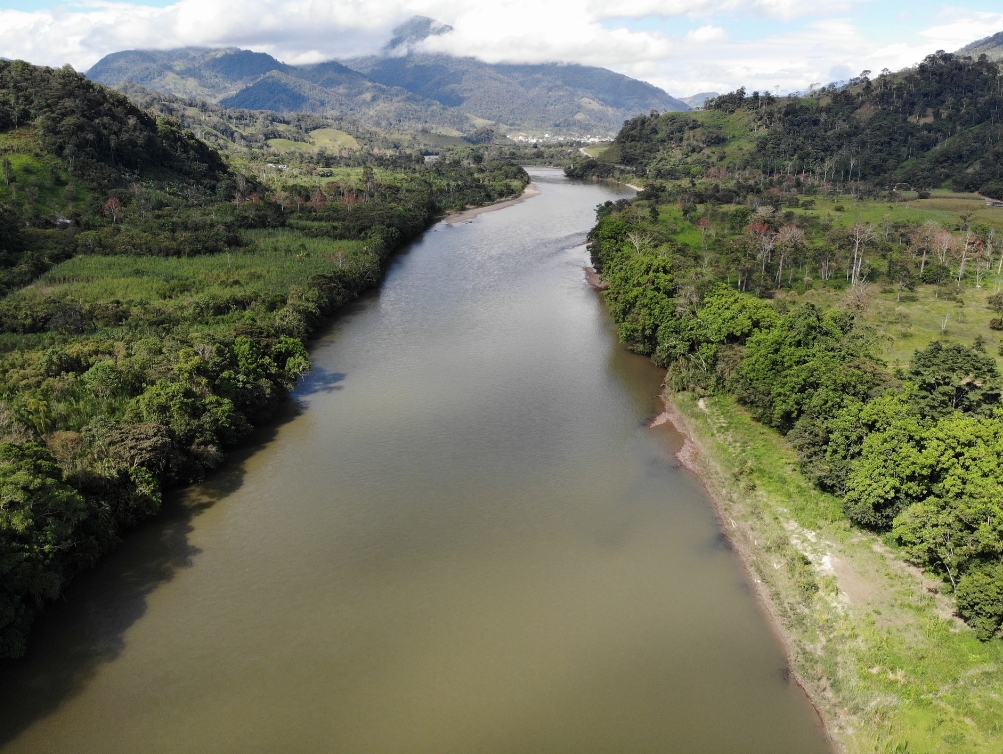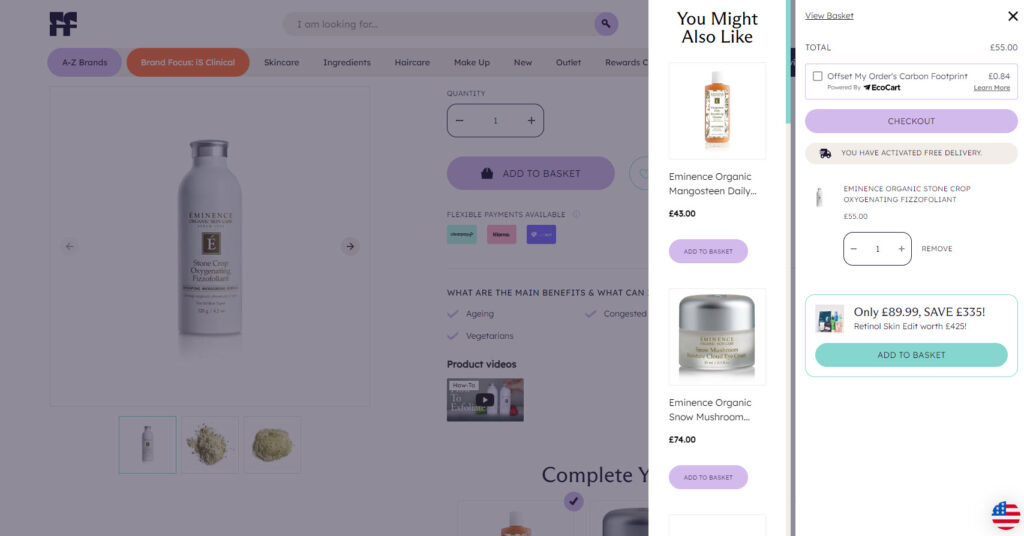Understanding how carbon credits are verified will help you find reliable carbon projects to invest in while mitigating your carbon emissions. In this article, we’ll break down what carbon credits are, what the carbon offset verification process entails, and what your business can do to mitigate greenhouse gas emissions through carbon credits.
What Is A Carbon Credit?
A carbon credit is essentially a permit or certificate that allows the holder to emit a certain amount of carbon dioxide or other greenhouse gasses. One credit equals one tonne of carbon dioxide, or its equivalent in other greenhouse gasses.
By investing in carbon credits, businesses can offset their own emissions, contributing to environmental sustainability. This not only helps in combating climate change but also enhances your brand’s eco-friendly image, appealing to the growing number of environmentally conscious consumers.
Carbon credits are verified through strict standards and processes to ensure real, measurable, and long-term benefits to the environment, making them a credible way to combat climate change and take responsibility for your business’s carbon footprint.
What Is A Carbon Offset?
A carbon offset is a certificate representing the removal or avoidance of greenhouse gas emissions equivalent to one metric tonne of CO2, aimed at compensating for emissions made elsewhere. It’s a tangible way for businesses, including ecommerce ventures, to take responsibility for their carbon footprint. By investing in projects that remove or avoid emissions—like reforestation, renewable energy, or community-based projects—companies can offset the carbon they emit during operations, from manufacturing to shipping.
This not only contributes to the global fight against climate change but also aligns your brand with eco-conscious consumers, enhancing your market appeal and potentially your bottom line.

Why Verified Carbon Offset Projects Are Important
- Legislative Compliance: Stay ahead of evolving regulations, such as AB 1305 and amendments to Directives 2005/29/EC and 2011/83/EU, demanding greater transparency and efficacy in carbon offset projects.
- Global Climate Commitment: Align your business with the international goal of limiting global warming to 2°C by 2050 through emission reductions and carbon removal investments, using carbon offsetting for managing residual emissions.
- Consumer Demand for Sustainability: Meet the growing consumer demand for sustainable and responsible businesses. Shoppers are increasingly looking for brands that take meaningful action on environmental issues. Using verified carbon credits demonstrates that you have a legitimate investment in your brand’s sustainability.
- Builds Consumer Trust: Appeal to eco-conscious customers by demonstrating your commitment to verified carbon offsetting, thus building trust and loyalty towards your brand.
- Markets Leadership Positioning: Distinguish your ecommerce business as a sustainability leader, gaining a competitive edge in an increasingly environmentally aware market.
- Avoids Greenwashing: Engaging with verified carbon offset projects is key to avoiding greenwashing accusations. It proves your business’s commitment to genuine sustainability efforts, ensuring your environmental claims are backed by real and measurable impacts.
- Provides Benefits To Community: Carbon offset projects can increase the quality of life in nearby communities. These projects create jobs, improve people’s livelihoods, and provide economic stability. Many help underdeveloped communities access clean water, prevent agricultural deforestation, and decrease the need for fossil fuels.
The credits created from the offset project are also trackable in a registry, meaning they can only be claimed once. Peace of mind for carbon offset buyers and the public who care about mitigating emissions.
Download our FREE ebook:

The Two Primary Carbon Markets
The two primary carbon offset markets are voluntary and mandatory. Here is how they differ:
Voluntary carbon market
The voluntary carbon market allows businesses, governments, and individuals to purchase carbon credits on a voluntary basis to offset their carbon emissions. These markets enable participants to invest in environmental projects around the world that remove or avoid greenhouse gas (GHG) emissions, thus compensating for their own emissions footprint.
The types of offsetting projects can range from reforestation to renewable energy and are often certified by third parties to ensure their impact. The voluntary nature of this market means participants choose to buy credits as part of their sustainability goals, corporate social responsibility (CSR) initiatives, or to meet consumer demand for environmentally friendly practices.
This is where EcoCart shines in helping ecommerce businesses offset their emissions by installing a sustainable checkout widget that allows customers to offset their orders by investing in one of our verified impact projects.

Want to know where your business stands? Get your sustainability scorecard with our quiz:
Mandatory compliance carbon market
The mandatory compliance carbon market is part of a regulatory system where governments or international bodies set a cap on the total amount of GHG emissions that can be emitted by regulated entities, such as industries or countries. Entities that exceed their emissions allowance must purchase carbon credits to comply with the cap, while those under their limit can sell their excess credits.
This carbon pricingsystem, often referred to as “cap-and-trade,” aims to reduce overall emissions by creating a financial incentive for business emission reductions. The mandatory compliance market is crucial for meeting national or international legally binding climate targets, such as those set by the Kyoto Protocol or the Paris Agreement.
Verified Carbon Standards Overview
Both types of carbon markets — voluntary and mandatory — have standards for carbon offset projects. The verified carbon standards are set and overseen by independent verification bodies that have stringent rules projects need to meet to be accredited by them. These independent carbon crediting programs are uniting to boost the effectiveness and integrity of carbon markets. This will aid the goals of the Paris Agreement by enhancing climate action finance and ensuring credible carbon avoidance and removal efforts.
Here are the independent verification bodies in the voluntary and mandatory carbon markets:
Voluntary Carbon Standards
- Verified Carbon Standard (VCS): The Verified Carbon Standard (VCS) Program, from third-party organization Verra, is the world’s most widely used greenhouse gas crediting program. Verra is one organization trying to create a global standard for how carbon credits are verified.
- Gold Standard (GS): Carbon removal projects designed to the Gold Standard are aligned with the UN’s Sustainable Development Goals and verified by SustainCERT — a digital verification solution intended to drive mass adoption.
- American Carbon Standard (ACR): The American Carbon Standard ensures the voluntary market’s carbon offset projects are registered and verified and oversees the cap-and-trade program in California.
- Climate Action Reserve (CAR): The Climate Action Reserve is a carbon offset registry for the North American carbon market. They provide standards, oversee third-party verification bodies, issue carbon credits generated from projects, and track how the credits change hands in a system open to the public.
Mandatory Compliance Carbon Standards
- Clean Development Mechanism (CDM) : The United Nations’ Clean Development Mechanism is a carbon offset program under the Kyoto Protocol that allows countries to fund carbon emissions reduction projects in other countries, claiming the saved emissions toward their own emissions targets.
- Carbon standards and the Kyoto Protocol: The Kyoto Protocol made emissions trading possible, creating the standards for which CERs from a CDM project can be used in a compliance market. While VERs are independent of government commitments under the Kyoto protocol, they can be created under the same standards, but reflect a business’ corporate social responsibility.
Carbon Credit Verification Process
It’s a big job to protect the integrity of the carbon offset industry. Fortunately, there’s a robust and transparent process in place for how carbon credits are verified against an organization’s standards. This part is critical, so let us walk you through it.
- Project Planning and Proposal: This is where a project developer would estimate the climate impact of their project, plan the design, and assess it against the standards of the verification body.
- Preliminary Approval: The first review of draft reports and assessments (including monitoring plans) is completed by the verification organization, and the project developer gets the green light!
- Validation by a Third-Party: A third-party organization (like Verra, CDM, or the Gold Standard) will conduct an independent assessment, including a site visit, to confirm that the project meets the standards’ requirements.
- Final Project Review and Approval: With the validation complete, the body gives the project its certified/verified status! Now, the project developer can start selling the credits generated through a carbon registry.
- Project Monitoring: The project developer implements the monitoring plan and submits the annual and monitoring reports to the verification body. This step is critical to ensure the project is accomplishing what it set out to do, and is still in good standing.
- Third-Party Validation of Project Performance: Another third-party validation and verification organization will independently assess the impact of the project every five years to confirm it’s in line with the standard.
Frequently Asked Questions
Still have questions about how carbon offsets are verified? It’s a complex subject, but we’ve got you covered!
How are carbon offsets verified?
Carbon offset verification involves a rigorous inspection and approval process from a third-party organization ensuring the project meets the standards accepted by the carbon market, including being additional and permanent.
What is a carbon offset project?
A carbon offset project is a practice or process that is proven to remove greenhouse gas emissions from the atmosphere. They often involve reforestation (planting trees) but can be carbon-neutralizing agricultural or even industrial carbon-capture and storage practices.
What is a verified carbon offset?
If a carbon offset project has been verified, that means it’s proven to avoid or remove carbon emissions from the atmosphere. Each metric tonne of emissions removed or avoided is able to be claimed as a carbon credit. Businesses buy carbon credits called Verified Carbon Units (VCUs) to mitigate their emissions. They calculate the greenhouse gasses created during their operations, then buy VCUs to offset the metric tons they created.
Who can certify carbon credits?
Carbon credits can be certified by accredited organizations, including:
- The Gold Standard
- Climate Action Reserve
- American Carbon Registry
- Verra
- CDM
- SCS Global Services
Conclusion
Whether you want to buy verified carbon offsets on the voluntary market or you are regulated by the compliance market — ensuring the carbon credits you buy are from a verified carbon offset project is critical.
Luckily, there are many independent organizations mentioned in this article that do the work to ensure these offset projects are legit. Look for the seal of approval of reputable organizations next time you’re on the carbon market, and breathe easy knowing you’re doing your part to remove and avoid carbon emissions.
If you’re an ecommerce business and you’d like to offset your emissions, then request a demo to see how our verified offsetting projects can work for your business.



